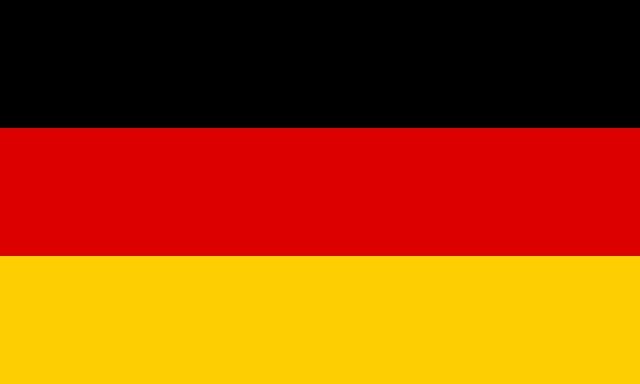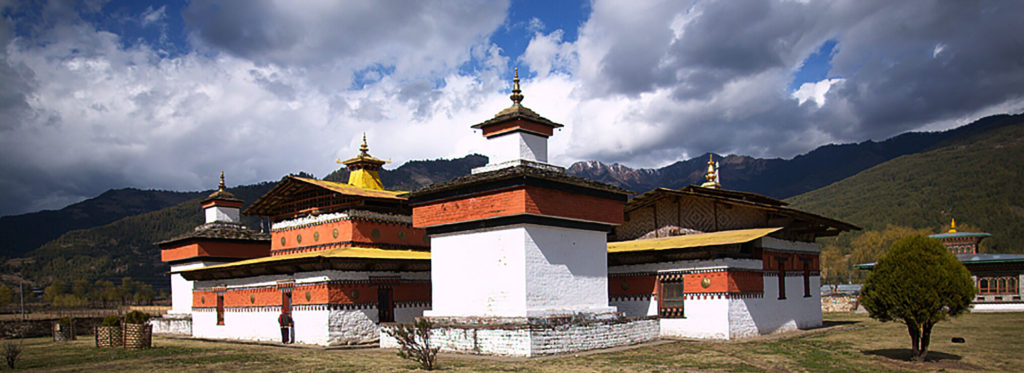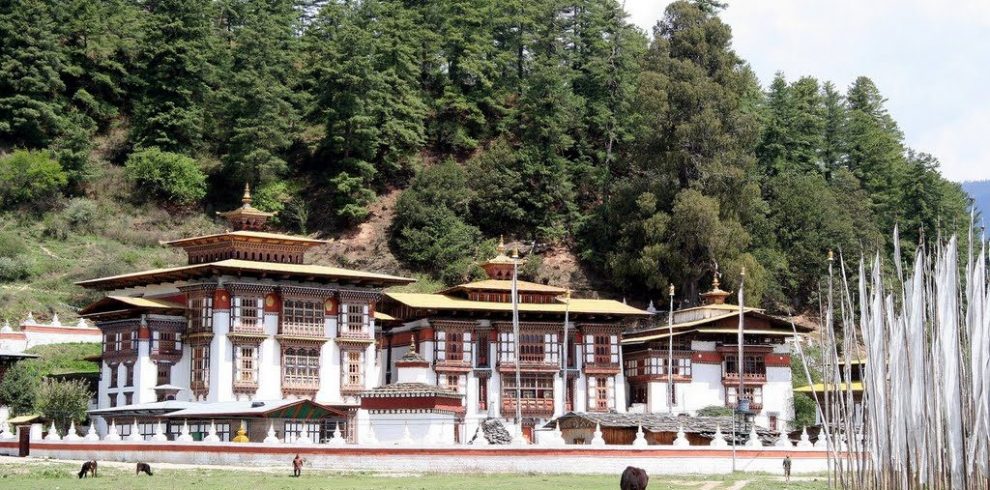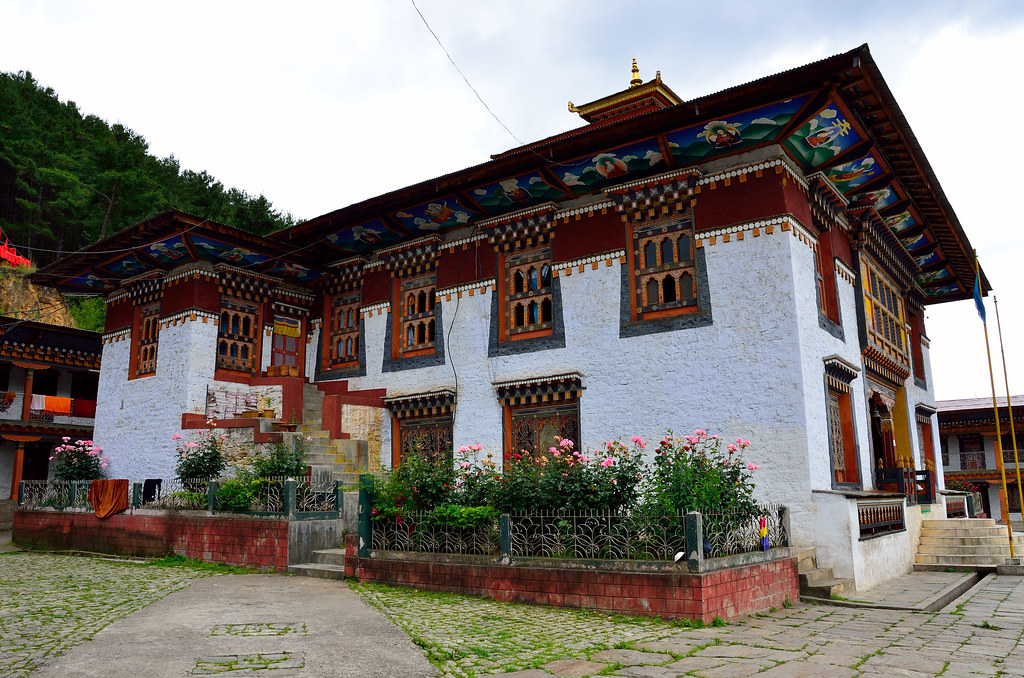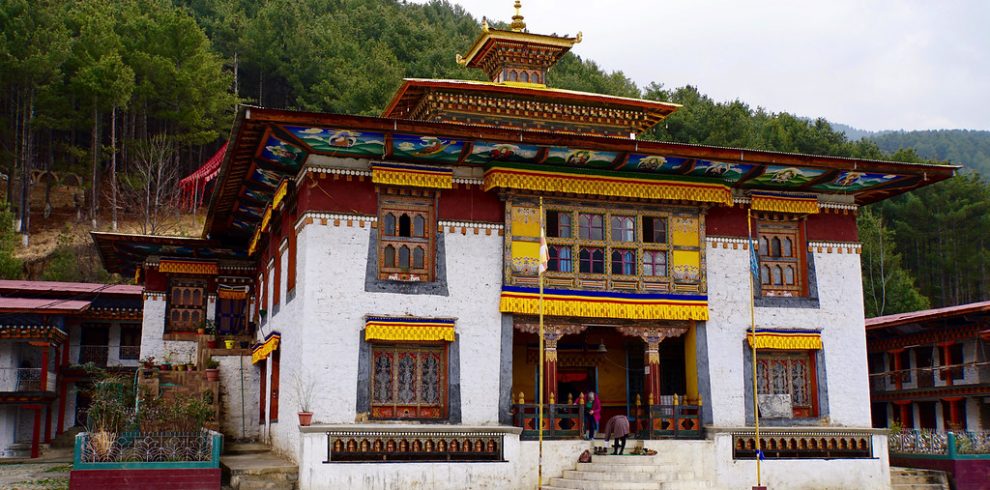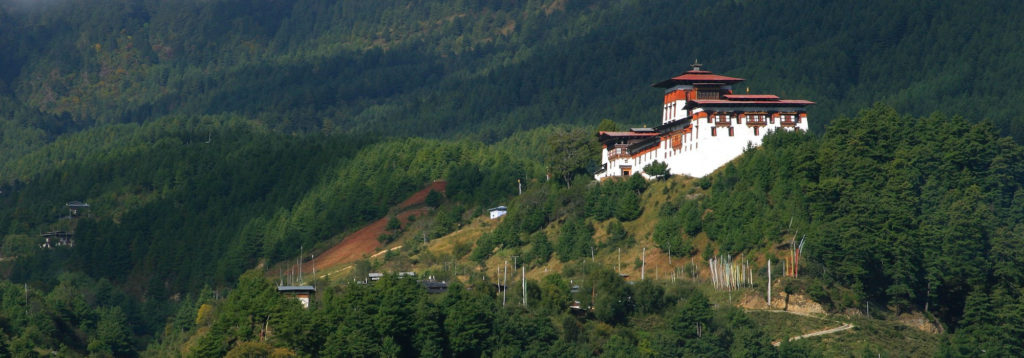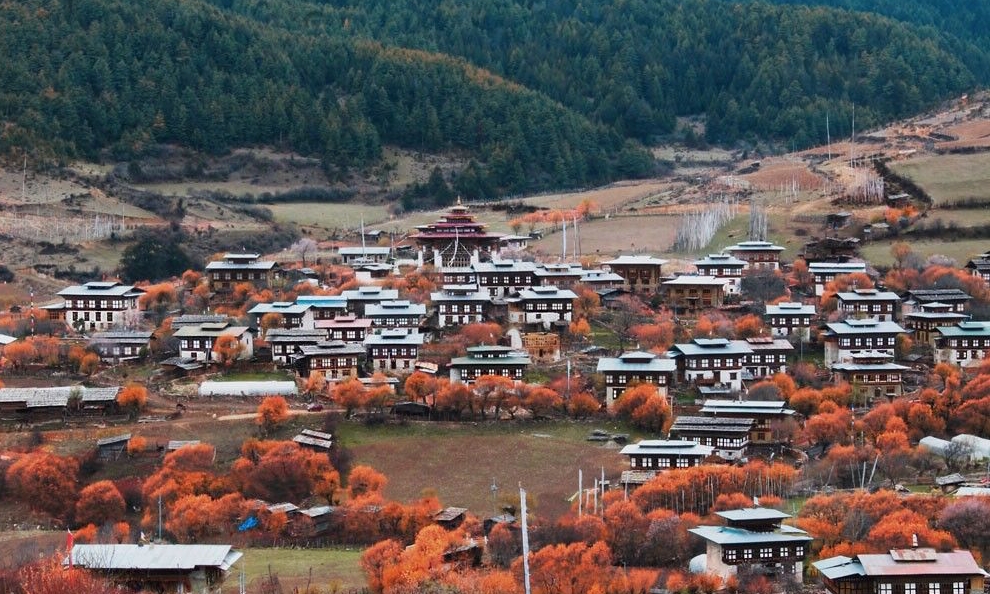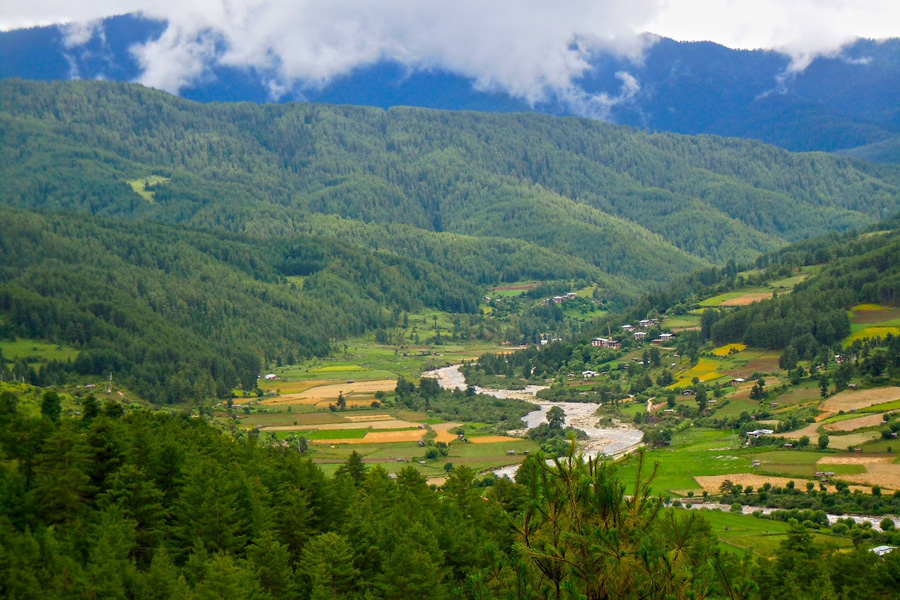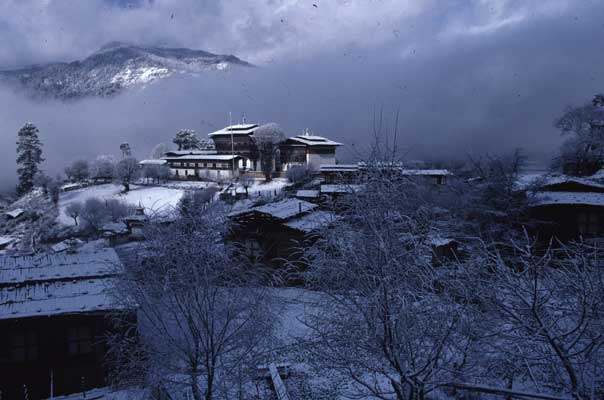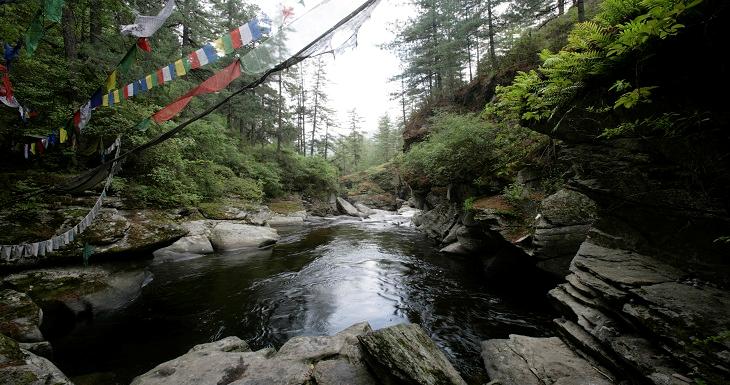BUMTHANG
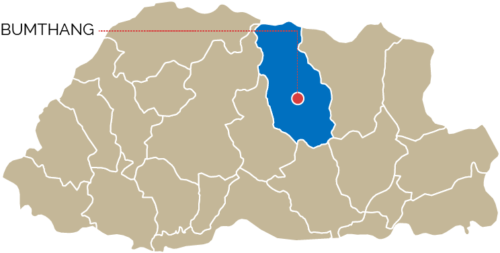
THINGS TO DO
Situated before Jambay Lhakhang, Kurje Lhakhang consists of three temples. The one on the right was built in 1652 on the rack face where Guru meditated in the 8th century. Second temple is built on the site of a cave containing a rock with the imprint of Guru’s body and is therefore considered the most holy. Ashi Kesang, the Queen Mother, built the third temple in 1990s. A 108-chorten wall surrounds these three temples.
It is an imposing monastery with several buildings located on a slope above the Chamkhar river bridge on the left side of the river. There is a motorable road going until the monastery from the Swiss farm. A large terrace provides wonderful view of the Chhoekhor valley and the Jakar dzong. The buildings are composed of the Guru lhakhang, Tshokhang (Prayer hall) capable of housing about 500 monks, residences for high lamas and teachers, classrooms, Library, Monastery offices, Monks’ hostels, Kitchen, store and dining room, a Guest house Mipham guest-house, and a hermitag. ref.
Situated before Jambay Lhakhang, Kurje Lhakhang consists of three temples. The one on the right was built in 1652 on the rack face where Guru meditated in the 8th century. Second temple is built on the site of a cave containing a rock with the imprint of Guru’s body and is therefore considered the most holy. Ashi Kesang, the Queen Mother, built the third temple in 1990s. A 108-chorten wall surrounds these three temples.
Located across the river from Kurje Lhakhang, this temple was founded in 1501 by Terton Pema Lingpa, the re-incarnation of Guru Padsambhava. The monastery has very ancient religious paintings like 1,000 Buddhas and 21 Taras (female form of Buddhistava). The temple was restored at the end of the 19th century.
The Dzong was initially built as a monastery in 1549 and the great grand-father of the first Zhabdrung was the founder. It was upgraded after the Shabdrung had firmly established his power in 1646. The Dzong now serves as an administrative centre for Bumthang valley, and houses the regional monk body.
Jakar to Ura is 48 km, about one and a half hour drive. To reach here, the road climbs toJakar valley Bhutan amazingly open countryside, only occasionally running into forest. Large sheep pastures line the road up to 20 km behind the southern tip of the Tang valley. The route crosses Ura la pass (3,600m) with a magnificent view of Mount. Gangkhar Puensum. Villages in Ura have clustered houses, which is quite unusual in Bhutan. Above Ura village (3,100m) is a new temple dedicated to Guru Rinpoche. Inaugurated in 1986, it contains a huge statue of the master and remarkable paintings of the cycle of his teachings. Since last 25 years Ura has been transformed from a marginal community to prosperous valley.
Terton (treasure discoverer) Pema Lingpa, the famous saint, was born in the Tang valley of Bumthang. The people of this valley raise sheep and at higher elevation, yaks as the soil in this region is not so rich for agricultural activities. From Bumthang central, it is a short drive past the Dechenpelrithang sheep farm to an unpaved road that leads to the north. Just under a kilometer ahead, there is a rough track on the left and another kilometer ahead, there is junction where vehicle can be parked. From parking, it is a short walk down to the river. Prayer flags line up the path and ends up above a gorge where the river forms a pool before it rushes on. One can witness the images of Pema Lingpa and his two son, carved on a rock here.
Ogyenchholing Palace in Tang valley is another attraction. Restored in 19th century, it is now housing the Family Museum, a place that will transport visitors to another world and time. The visitors will view permanent exhibits recreated to capture the ambience of the lifestyle of the Trongsa Penelop (Governor) Tshokey Dorji and his household. It also serves as retreat for those engaged in religious history. Bhutan’s history truly unfolds here.
The Mebar Tsho, which translates to “the burning lake” is a sacred site for the Buddhist devotees. It is located in the central valley of Bumthang on the way to Tang village, the lake has become a popular tourist attraction spot. Diverting off the national highway, travelers drive up an unpaved road and on arrival at the site, the travelers then descend towards the lake on foot along the steep hill.
According to the local narrative, Pema Lingpa the Terton (Treasure Discoverer) had a vision where it was revealed to him that a treasure lay hidden in the lake. The local ruler and the community cynical of his claim, Pema Lingpa leapt into the lake with a burning butter lamp and is said to have reemerged from the lake with the treasures and the butter lamp still lit. Hence the lake was named Mebar Tsho.




